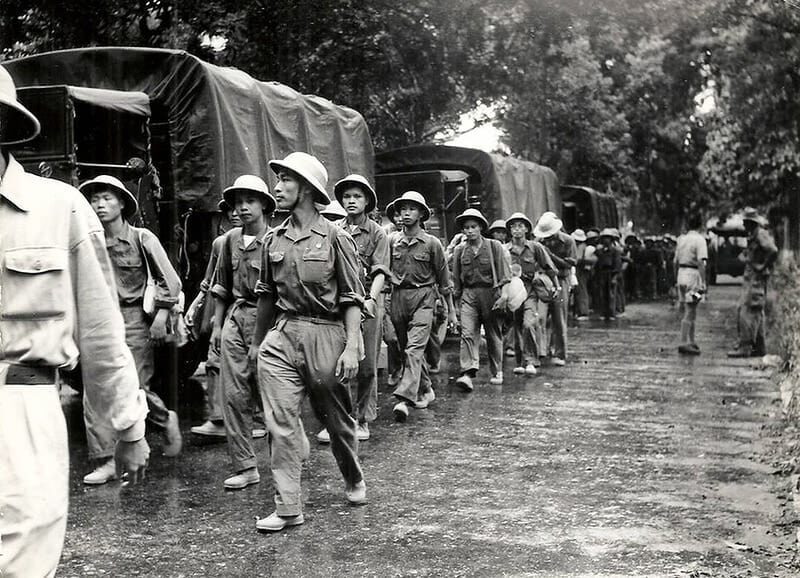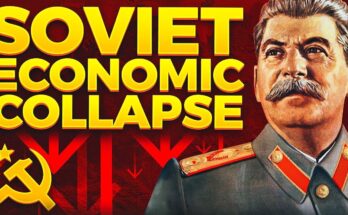The Cold War (1947–1991) was fought not through direct conflict between the U.S. and the Soviet Union, but through proxy wars, particularly in Southeast Asia. These wars, including those in Korea, Vietnam, Cambodia, and Laos, became battlegrounds where the U.S. and Soviet-aligned forces sought to expand their influence.

Read More: The Industrial Revolution’s Impact on Child Labor
The Vietnam War (1955–1975) was the most infamous proxy war. The U.S. supported South Vietnam against the communist North Vietnamese army and Viet Cong, who were backed by the Soviet Union and China. Despite massive U.S. military involvement, Vietnam was reunified under communism, symbolizing the limits of American power.

Read More: The Boer War’s Influence on South African Politics
In Cambodia, the Cold War fueled the rise of the Khmer Rouge, a brutal communist regime responsible for the genocide of nearly 2 million people. The U.S. bombing campaigns and Soviet influence contributed to political instability, leading to years of suffering.

Read More: The Spanish Civil War’s International Implications
The Cold War’s proxy wars in Southeast Asia left deep scars, resulting in economic devastation, millions of deaths, and long-term political instability. Today, these wars remain key examples of how superpower conflicts shaped global history.


